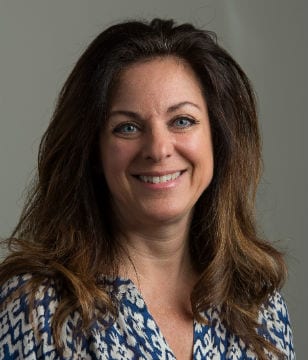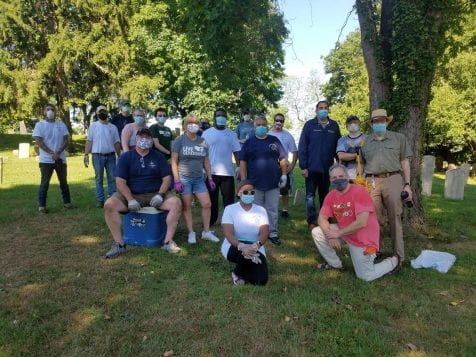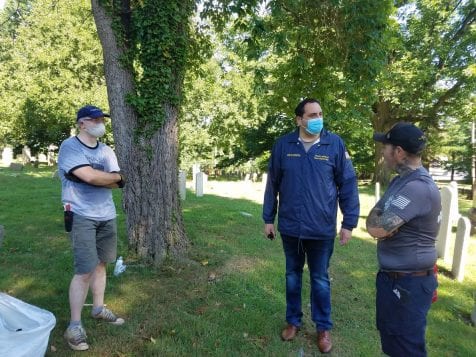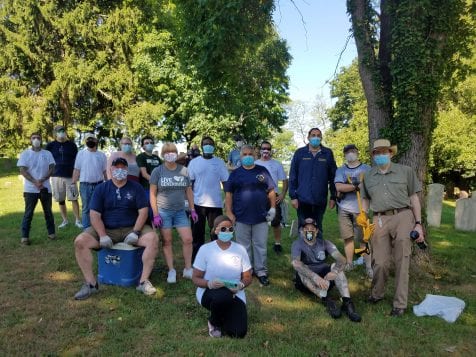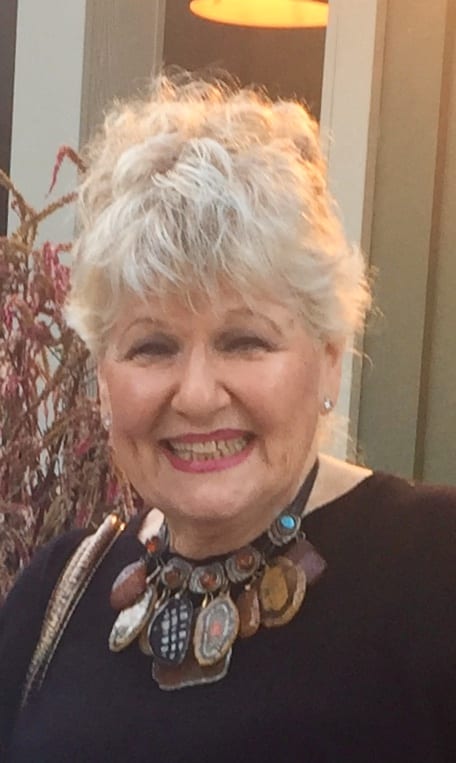Take the time for a second to think about all the things you know you can’t talk about in a public space.
Think about it hard. However much you like to talk to strangers, imagine what should happen if one dares to speak about the upcoming election. Envisage the shouting matches over recent protests. Have you feared what should happen if you kindly ask the person waiting in line at checkout to please put on a mask?
As reporters, we have seen just how reserved people can be on the hot-button topics of the day. Sending a reporter out to ask people their opinions on an issue such as the possibility of war with Iran back in January — remember when that was the big story of the day? —results in a paltry mix of opinions. Out of more than a dozen people, you may get one willing to speak their thoughts and offer their names on the record.
Yes, you’ll get more answers to the tame question of “what are you most excited to do this summer?” but so few people want their opinion shared. If you ask, the majority will say they do not want their thoughts laid bare for all to see on the internet and on social media.
Though we rarely share them, it seems the antipathy and staunchness of those same opinions is only hardening as time goes.
Polls by Gallup and the Pew Research Center in 2017 show the mean identity for being either strictly Democrat or Republican, liberal or conservative, has only increased over the past two decades. The partisan gap on issues such as immigration started with a percentage gap of little more than 10 percent has become 40. Worries about climate change have only become starker on the political line.
The thing is, most people know and would acknowledge said political polarization. Students at the top of their class at recent social distancing graduations like one in Miller Place spoke about that same political gulf. Indeed, everybody seems to confirm it, but at the same time, nobody seems to work to bridge those same divides.
People have made apolitical things political. Climate change is not a political issue. The debate has long centered on whether climate change is really happening. It is happening, it is being caused by humanity, and the debate should not center on the “is it” but more on the “what we need to do about it.” We on Long Island have to be acutely aware of it, because rising sea levels will impact us immensely.
This pandemic has also made such a divide even starker. Asking to wear masks, in order to help stop the spread of COVID-19, has been transformed into an assault on personal freedoms.
This thought isn’t helped with the constant barrage of false info and conspiracy theories spread through social media, especially about the virus. Last week’s article about local social media pages cited a Pew Research Center report that a frightening number of individuals believe unproven conspiracy theories about the ongoing pandemic.
Indeed, with national politics being what they are, it’s often better to think about local issues. We at TBR News Media do our best to report on issues that impact us right here at home, issues of beach erosion, flooding, the state of our small businesses. Instead of basing the conversation on grander topics of political infighting, focus on what works or doesn’t work. These conversations can (though not always) be much calmer and sincere than anything concerning who’s behind will occupy the White House throne come Nov. 3.
Leave animosity at the door, and concern yourself with you, your neighbors and your community. That is where the best of us can be found.


